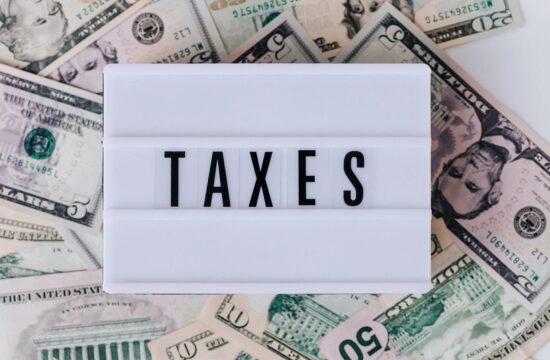The COVID-19 outbreak has impacted economies and businesses all around the world. With shrunk revenues, piling taxes, on-going expenses and increasing liabilities, business owners are struggling for survival and to adjust to the new normal. However, with the crisis only growing worse, the Paycheck Protection Program (PPP) has provided much-needed respite. To continue taking advantage of that reprieve, however, businesses need to comply with certain conditions so that they can be eligible for the PPP Forgiveness.
In this article, we will walk you through the regulations and get you prepared to meet the eligibility criteria for PPP forgiveness.
A quick recap: The PPP (or Paycheck Protection Program) has been initiated by the government to help small businesses survive during the economically challenging times caused by the coronavirus pandemic. Under the CARES Act, the PPP has been allocated $349 billion for monetary support to businesses. The aim is to provide federally-guaranteed loans to eligible small businesses, encouraging them to maintain their payrolls and protect jobs.
The PPP funds can be used for the following purposes:
- Payroll: Salaries, wages, commissions, medical, sick, parental, family, and vacation leave, and bonuses. It also includes health benefits, hazard pays, state and local taxes on wages, etc.
- Mortgages, rent, and utilities, provided the contract was effective before Feb 15, 2020.
I have received the PPP loan, but how can I ensure it’s forgiven?
The PPP funds should be used as per the terms of the Paycheck Protection Program and Health Care Enhancement Act, April 2020 as well as the PPP Flexibility Act, June 2020. If the business complies with the conditions specified, the SBA will forgive 100% of the loan. It will be converted to a tax-free grant.
The PPP forgiveness rules specify the following:
- Use 60% of the loan amount for payroll and 40% for other expenses such as rent, mortgage interest, and utilities. Payments made to independent contractors are excluded.
- Incur the eligible expenses over 8 or 24 weeks beginning from the first day of loan payment made by the lender. The final cutoff date for the expenses is December 31, 2020.
- Maintain the specified number (as on loan application date) of full-time equivalent employees on the payroll.
- Upkeep of at least 75% of the total salary.
However, the percentage of the loan forgiven may be reduced according to:
- The share of the entitled costs attributed to non-payroll costs.
- Any reduction in employee numbers / FTE count.
- Reduction in salaries or wages per employee by more than 25%.
But the Act also allows a rehiring grace period for employers. If the reduction in headcount or salary was made due to COVID-19 between February 15 and April 26, the employer can rehire the employee and increase the pay provided it is within 24-weeks of the receipt of the loan or by December 31, 2020, whichever is earlier. Moreover, if the employee rejects the re-employment offer, the employer can claim exemption.
For this, the employer must prove that a written offer, in good faith, was made to the employee to rejoin at the same wage/salary or for the same working hours. The employer must also provide official documentation of the employee’s rejection.
Moreover, an employer can also claim exemption, if the following conditions prevail:
- The employee was removed because of a specific cause.
- The employee resigned at will.
- The employee asked for a reduction of working hours.
- The headcount was reduced to meet COVID-19 safety requirements.
To apply for loan forgiveness, businesses need to fill the Loan Forgiveness Application form on the SBA website. The lender has to send a response to the application within 60 days.
What documents and records are required for the PPP loan forgiveness?
For businesses to make their 100% effort towards the PPP forgiveness, detailed and truthful records need to be maintained. A business can qualify for full forgiveness of loan only if all the rules specified by the PPP Act are followed.
Documents that need to be included with the PPP forgiveness application include:
- Payroll reports of full-time equivalent employees including their pay rates.
- Form 941 that includes payroll tax filings.
- Payroll, income, and unemployment insurance reports from the concerned state.
- Retirement and health insurance contribution proofs.
- Documents proving the existence of interest, rent, and utility expenses in February 2020.
- Current proofs of interest, rent, and utility payments. These can include payment receipts, bank account statements, etc.
Good, authentic and updated record-keeping and bookkeeping of the entire loan tenure is very critical. It helps businesses abide by the forgiveness rules and furnish proofs. Failure to provide the required documents, any discrepancy, or fraud in reporting can cause the rejection of the PPP loan forgiveness. Do keep in mind that your lender and the SBA can request and audit your financial documents and records for the previous fiscal year, so clean books become even more important.
If you need any assistance with applying for PPP forgiveness, or any related book-keeping and accounting issues — you know who to call!







